What makes a good product shot?
Get to know depth of field. Crisp focus combined with bokeh (aesthetic blur in the out of focus areas of your image) can create very professional looking pics if it’s done well.
There is so much that goes into a great product photo. Lighting is extremely important- a set up where you can control your own lighting is ideal. We like to play around with our light sources, creating shadows and highlights that lend a certain mood to our shots. It’s also a good idea to get creative with interesting angles and well placed props that enhance the shot and give the item context. Post production editing can really take the photos up a notch as well, serving to not only create a richer look, but also to draw the focus to a particular section you’d like to highlight.
I am very fortunate as my partner is a professional photographer and so when he has (if he has) a spare minute we’ll pop to the studio to take some product shots. If he’s not available I always make sure to use a decent SLR digital camera for image quality sake and use a space in my studio with lots of light. I have a white background which is just a large A0 piece of white card that you can purchase from any craft store allowing the products to really stand out. I’ve noticed that magazines & blogs prefer products that are against white as they are easier to cut out and place into their article and also if you use a colour this can often reflect onto the product making it look slightly strange when the background has been taken away!
Shooting a product is not as simple as it seems. I believe the best shot is achieved by using natural light, angles, and a background that will enhance your product.
In my opinion a perfect product shot should accomplish these three things:
1. It should highlight thrilling details of your artwork. I use a short depth of field to accentuate the characteristics of my jewelry pieces such as textures, patterns and colors.
2. It should give you an impression of the haptics of the product and at best makes you wanna touch it right away. I love to use rough textures for the background like old wood and stone surfaces to correlate with the materials of my jewellery.
3. It should be atmospheric. Trying to achieve that, I heed the first two points, add some beautiful natural light and follow my intuition.
Do you have any tips for creating great product shots?
Are there any parts of photography you struggle with?
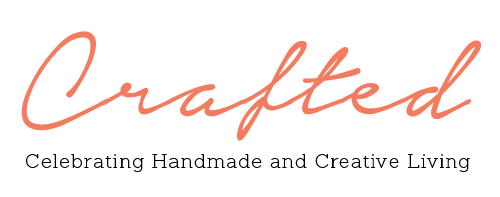
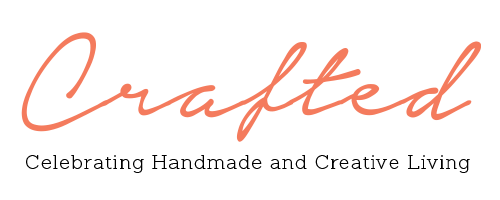
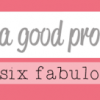







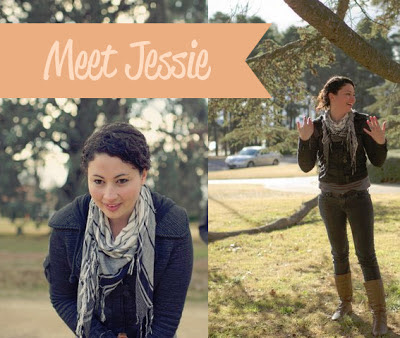
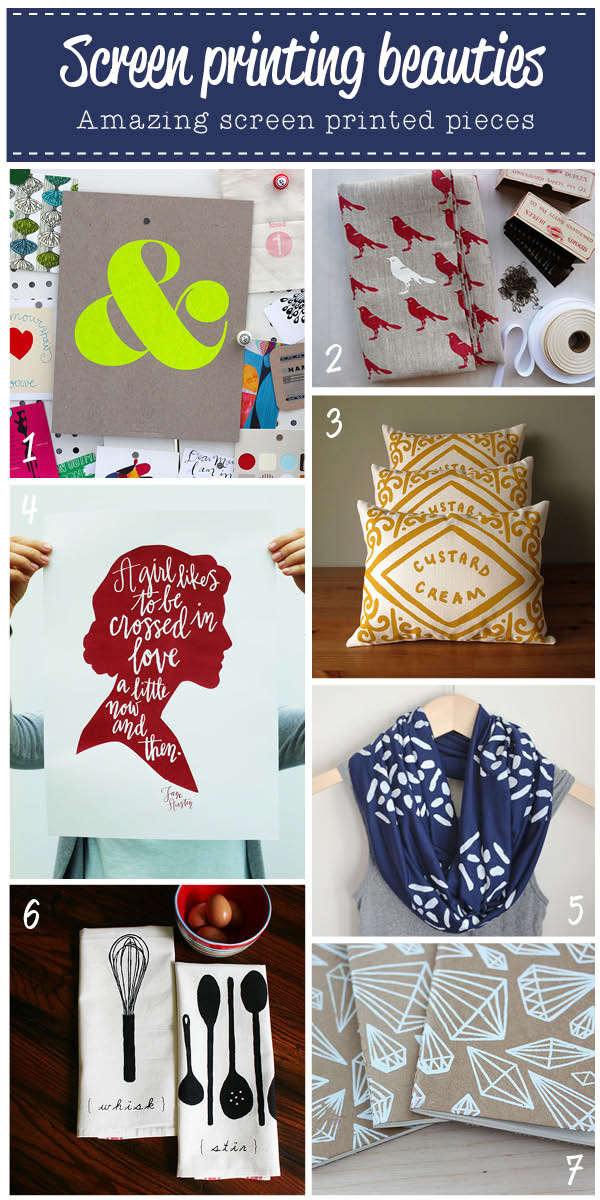



-0 Comment-